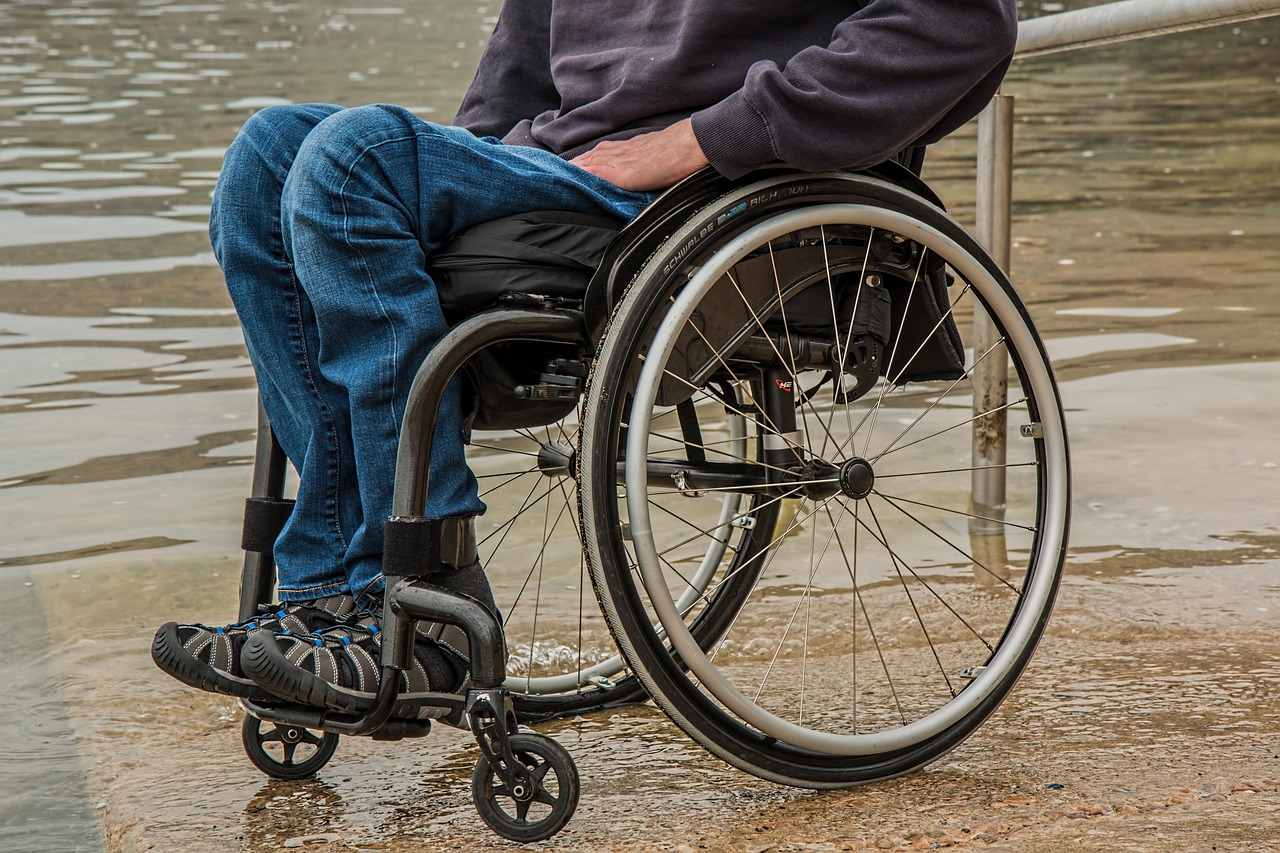Amyotrophic Lateral Sclerosis (ALS) (Greek: “No Muscle Nutrition”) is a neuro-degenerative disease in which the motor neurons in the brain and the spinal fluid break down, causing the complete shutdown of communication between brain and muscles. The disintegrated portion of the muscle is left with scars or hardening, called Sclerosis.

ALS manifests as complete paralysis of both voluntary and involuntary functions and is terminal, giving only three or five years to the patient to survive after the date of diagnosis in most cases.
Patients with ALS are reported to have abnormal amounts of glutamate – a chemical messenger in the brain – around the nerve cells in the spinal fluid.
Currently, ALS doesn’t have any cure but compounded efforts from scientists is resulting in the discovery of newer, improved drugs for slowing its progress, and is unraveling a more profound picture of the affliction.
There are, however, certain special cases in ALS that have baffled scientists, one of them being Stephen Hawking, arguably the greatest living physicist and cosmologist of our times.
But before you could understand Hawking’s medical anomaly, you need to understand ALS some more.
Mechanism & Progress of ALS
How it Works
- Motor neurons are wired throughout the body from the brain down to the spinal and from the spinal cord to the muscles.
- Neurons continue to degenerate, leading to their demise. This is followed by the loss of ability to control muscle movement. With voluntary muscle action progressively affected, people may lose the ability to speak, eat, move, and even breathe.
Types
Two types of ALS are known to scientists: sporadic and familial. Sporadic ALS accounts for majority of the cases. Familial ALS is a rare form of ALS that is hereditary.
In families with Familial ALS, there is a 50% chance that the offspring would inherit the motor neuron disease.
Can I Get ALS?
It isn’t clear, medically, if you are at risk of getting ALS unless it runs in your lineage.
As per research studies, people between the ages 40 and 70 generally get ALS. However, there are a few people who were afflicted by it as early as the age of 22. More curiously, it has been found that military veterans are twice at risk of ALS as the general populace.
The majority of ALS-patients as of now have been male persons of northern European descent. These results aren’t entirely substantiated as the sample population of ALS patients in the study is too narrow.
Conclusion
What one must remember is that neurological diseases such as ALS aren’t just related to motor neurons. They can affect other parts of the brain as well. The unpredictable disease isn’t contagious, and needs special research and funding.
Until 2017, there has been only one drug to slow the progress of most types of ALS. A new medicine called Radicava has been approved by the FDA and is under trials for mass production.








